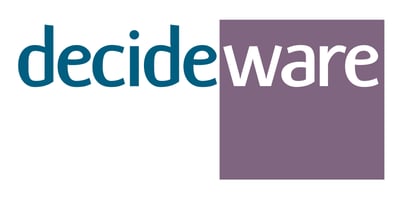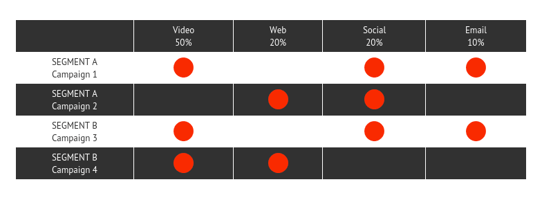Agencies are valued partners in advertisers’ evaluation programs. They act as respondents in the...
Resource Visibility & Variability: Scope of Work Management Series, Part 4
Reviewing the Resource Mix
A well-controlled Scope of Work program is an integral part of a robust framework for planning and communication between client and agency. Most rational clients understand that if they want the “A” team then they have to pay for it!
So in order to optimize budget spend the SOW should clearly articulate which aspects are highly strategic in nature and thus need a “heavy firepower” agency team to be deployed on that work. Similarly they should also identify those that are lower priority and probably more tactical. Again this allows an appropriate resource mix to be applied.
From a centralized agency management perspective (be it procurement, operations or marketing led) it is vital that the SOW program allows you instant visibility in each Scope of Work to compare the priority and resource mix. Indeed the ability to compare the resource mix across various SOWs provides a great way to benchmark agencies (rather than simply focusing on the fees). This line of sight, from priority to resource mix to fee, provides the agency management practitioner with a balanced way to review each SOW. It also makes suggestions to both the marketers and agency about how to achieve better outcomes, without affecting the actual top line budget figure.
Getting the Best out of the Resource Plan
Many resource plans are based around a Full Time Equivalent (FTE) model. In some the resources are named, while in others simply the type of resource is provided. Of course there are complex SOW’s which contain a mix of these two.
There are two elements that the agency should provide in its resource plan for each FTE; the department and their role. The 4A’s has a very well constructed model for these two that it uses as part of its agency benchmarking survey, and it is strongly recommended.
It is also vital that each resource line in the SOW be tagged with the definitions that the client uses for department and role tags (not what the agency calls it, though obviously this can also be stored). This is to ensure that in reviewing the resource mix, it is easy for the vendor management practitioner to recognize the experience, seniority and specialization of each resource. This allows them to quickly review that against the services and deliverables being requested. Because agencies may have completely different nomenclature for specific roles, if these are not standardized, it can be very difficult to interpret.





